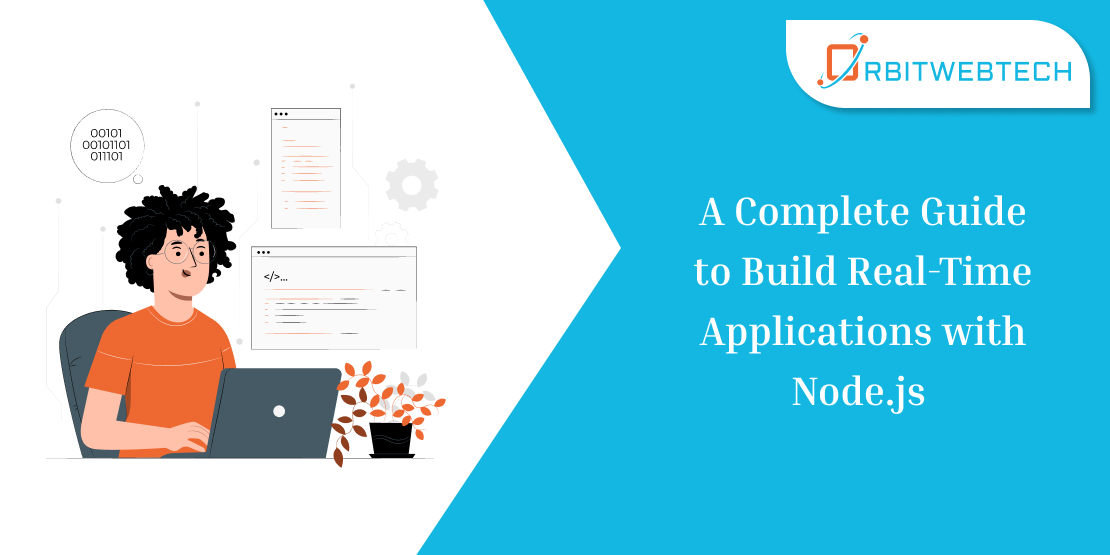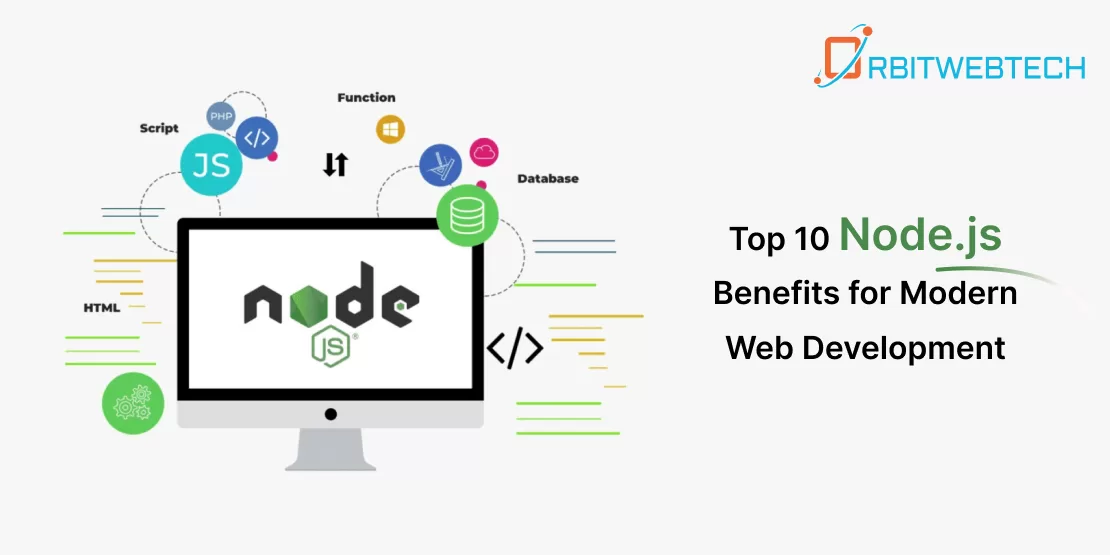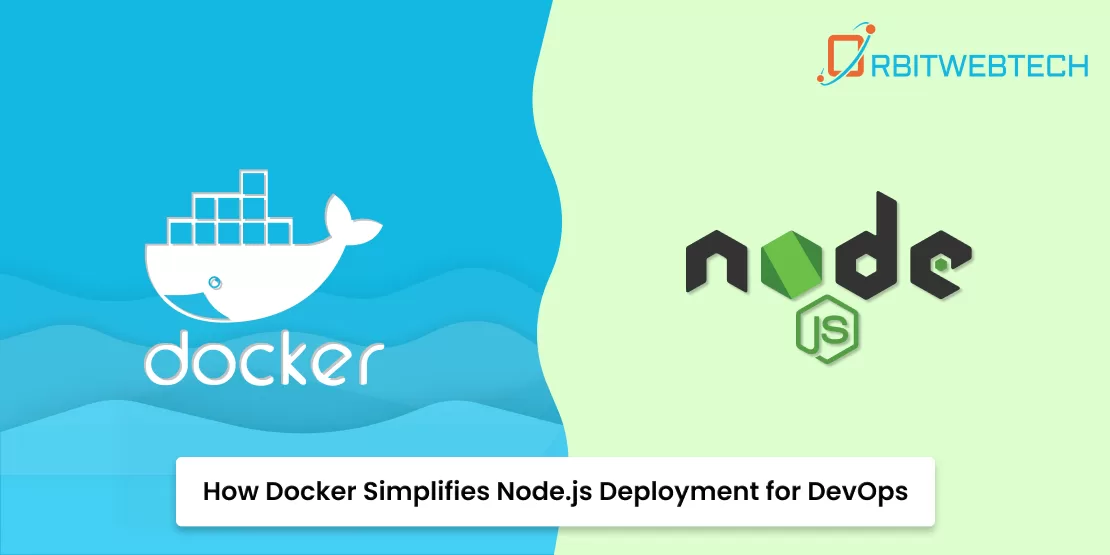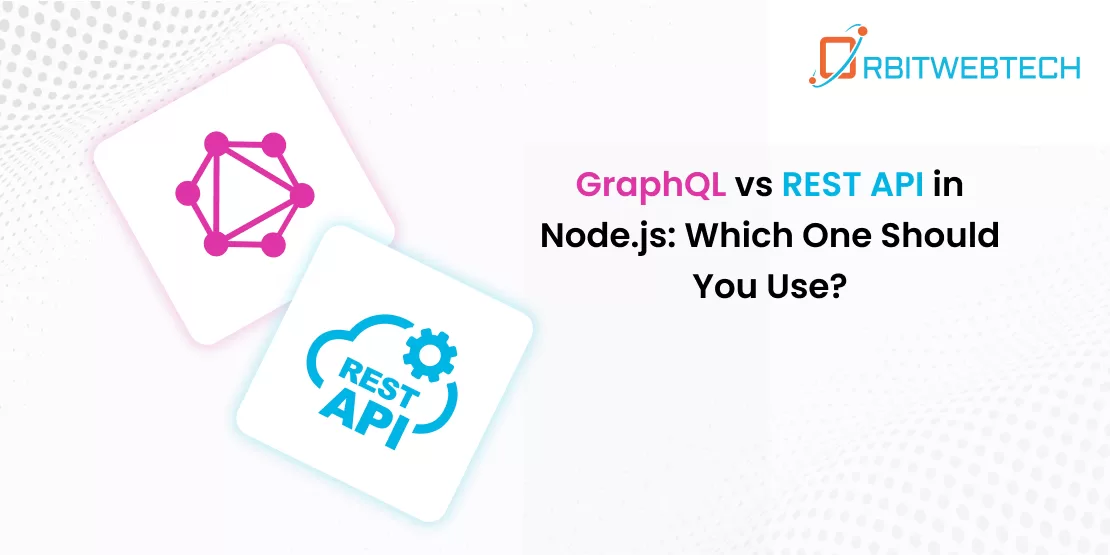
Building real-time applications is a game-changer in today’s digital age. Whether it’s for instant messaging, collaborative platforms, live notifications, or online gaming, real-time functionality has become crucial in delivering user experiences that feel instantaneous. One of the most efficient ways to build a Node.js application for real-time communication is by leveraging the unique strengths of Node.js.
Node.js is a runtime environment built on Chrome’s V8 JavaScript engine that allows developers to run JavaScript on the server side. It’s fast, scalable, and designed to handle asynchronous programming effectively, making it perfect for real-time applications. This guide will dive deep into how you can build Node.js apps that deliver exceptional real-time functionality.
Why Choose Node.js for Real-Time Applications?
Before jumping into the actual steps of creating a real-time application, it’s essential to understand why Node.js stands out as a preferred choice for this type of development.
- Event-Driven Architecture
Node.js operates on a non-blocking, event-driven architecture, which allows multiple operations to run concurrently without slowing down the server. This is essential for real-time applications, where fast, simultaneous actions are expected. - High Performance with JavaScript
Built on Google Chrome’s V8 engine, Node.js compiles JavaScript into machine code, enabling it to execute tasks at lightning speed. This helps in handling thousands of requests per second, making it suitable for real-time applications. - WebSocket Support
Node.js provides first-class support for WebSockets, a protocol that allows bi-directional communication between the server and the client. This feature is particularly useful for applications that require instant data exchange, like chat apps, stock tickers, or multiplayer games. - Unified Full-Stack Development
Node.js allows developers to use JavaScript in both front-end and back-end development. This eliminates the need for context switching and makes development faster and more streamlined. - Scalability
Node.js supports microservices and clusters, which makes it easier to scale applications horizontally. When your app starts growing in terms of users and traffic, scaling your Node.js real-time app becomes more manageable.
Key Technologies for Building Real-Time Applications in Node.js
To build a Node.js app that supports real-time functionality, several technologies and frameworks work well in combination with Node.js:
- WebSocket: Allows real-time two-way communication between client and server.
- Socket.IO: A JavaScript library that simplifies WebSocket implementation. It provides additional features like automatic reconnections and broadcasting messages to multiple clients.
- Express.js: A minimalist web framework for Node.js that simplifies server management and route handling.
- Redis: Acts as a message broker when you need real-time communication between different servers, ensuring that all parts of your app are in sync.
How to Build Real-Time Applications with Node.js
Step 1: Setting up the Node.js Environment
Before you can start building your real-time application, you’ll need to install Node.js. Here’s a quick guide to setting up your development environment:
- Download and Install Node.js
Head over to the official Node.js website nodejs.org and download the latest stable version for your operating system. Node.js comes bundled with the package manager npm (Node Package Manager), which you’ll use to install dependencies. - Initialize Your Node.js Project
Once Node.js is installed, create a new directory for your project and run the following command in your terminal:
This initializes a new Node.js project and creates a ‘package.json’ file where all your project dependencies will be listed.
Step 2: Installing Dependencies
For this real-time application, we’ll need to install a few dependencies:
- Express.js for handling HTTP requests.
- Socket.IO for WebSocket functionality.
- Nodemon (optional) for automatically restarting the server when changes are made.
Install these by running:
Step 3: Building the Server
Now, let’s build the basic server that will handle incoming connections from the client. First, create a new file called server.js. Inside this file, you’ll initialize Express and set up Socket.IO for handling WebSocket connections.
Step 4: Creating the Client-Side Code
To build a Node.js application with real-time capabilities, you also need to set up the client-side logic. Create an index.html file in the same directory:
In this setup:
- Socket.IO listens for connections and relays messages in real-time.
- A simple form lets users type and send messages.
- When a message is submitted, it’s broadcasted to all connected clients instantly.
Step 5: Running the Application
To run the application, type the following in your terminal:
Now, open your browser and navigate to http://localhost:3000/. You should be able to send and receive messages in real-time across multiple clients.
Step 6: Scaling Your Real-Time Application
As your Node.js app grows, you’ll need to ensure it can handle more traffic and users. Here’s how to scale effectively:
- Use Redis for Pub/Sub
When running multiple instances of your Node.js server, you can use Redis to manage communication between them. This ensures that all clients, regardless of which server they’re connected to, receive the same real-time updates. - Horizontal Scaling
Node.js supports cluster mode, allowing you to run multiple processes of your application. This ensures that your app can efficiently utilize multi-core systems and handle increased traffic. - Monitoring and Debugging
Tools like PM2 and New Relic are useful for monitoring the performance of your application, identifying bottlenecks, and ensuring smooth real-time operations.
Common Use Cases for Real-Time Applications
When you build a Node.js application with real-time capabilities, there are several popular use cases where it excels:
- Live Chat Applications: Whether it’s customer support or social interactions, real-time chat has become an integral part of modern apps.
- Collaborative Tools: Platforms like Google Docs use real-time synchronization to allow multiple users to edit documents simultaneously.
- Real-Time Notifications: Apps like Facebook and Twitter notify users instantly when new messages or posts appear.
- Live Streaming: Video or audio streaming platforms use real-time technology to deliver content with minimal delay.
- Online Gaming: Multiplayer games rely heavily on real-time functionality for smooth, interactive gameplay between users.
Hire Node.js Developers for Your Real-Time Project
Building real-time applications with Node.js unlocks a world of possibilities for interactive, scalable, and high-performing apps. By leveraging its event-driven architecture, WebSocket support, and powerful libraries like Socket.IO, you can develop applications that provide a seamless real-time experience to users. Whether it’s chat apps, live notifications, or online collaboration tools, Node.js offers all the functionality and scalability needed to create high-quality real-time applications.
Are you looking to build a Node.js application that incorporates real-time capabilities? Our expert Node.js developers at Orbitwebtech have years of experience building scalable and high-performance real-time apps. Whether it’s a chat application, live notifications, or collaborative tools, we can bring your vision to life.
At Orbitwebtech, recognized as the Best Web Development Company, we offer customized solutions designed to address your specific business requirements. Contact us now to hire skilled Node.js developers and bring your project to life with precision and excellence!


